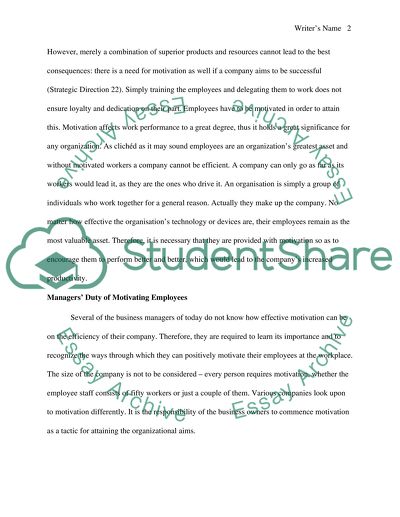Cite this document
(Applying Motivational Theories Case Study Example | Topics and Well Written Essays - 2250 words, n.d.)
Applying Motivational Theories Case Study Example | Topics and Well Written Essays - 2250 words. Retrieved from https://studentshare.org/human-resources/1555590-how-managers-can-use-motivational-theories-to-improve-performance
Applying Motivational Theories Case Study Example | Topics and Well Written Essays - 2250 words. Retrieved from https://studentshare.org/human-resources/1555590-how-managers-can-use-motivational-theories-to-improve-performance
(Applying Motivational Theories Case Study Example | Topics and Well Written Essays - 2250 Words)
Applying Motivational Theories Case Study Example | Topics and Well Written Essays - 2250 Words. https://studentshare.org/human-resources/1555590-how-managers-can-use-motivational-theories-to-improve-performance.
Applying Motivational Theories Case Study Example | Topics and Well Written Essays - 2250 Words. https://studentshare.org/human-resources/1555590-how-managers-can-use-motivational-theories-to-improve-performance.
“Applying Motivational Theories Case Study Example | Topics and Well Written Essays - 2250 Words”. https://studentshare.org/human-resources/1555590-how-managers-can-use-motivational-theories-to-improve-performance.


